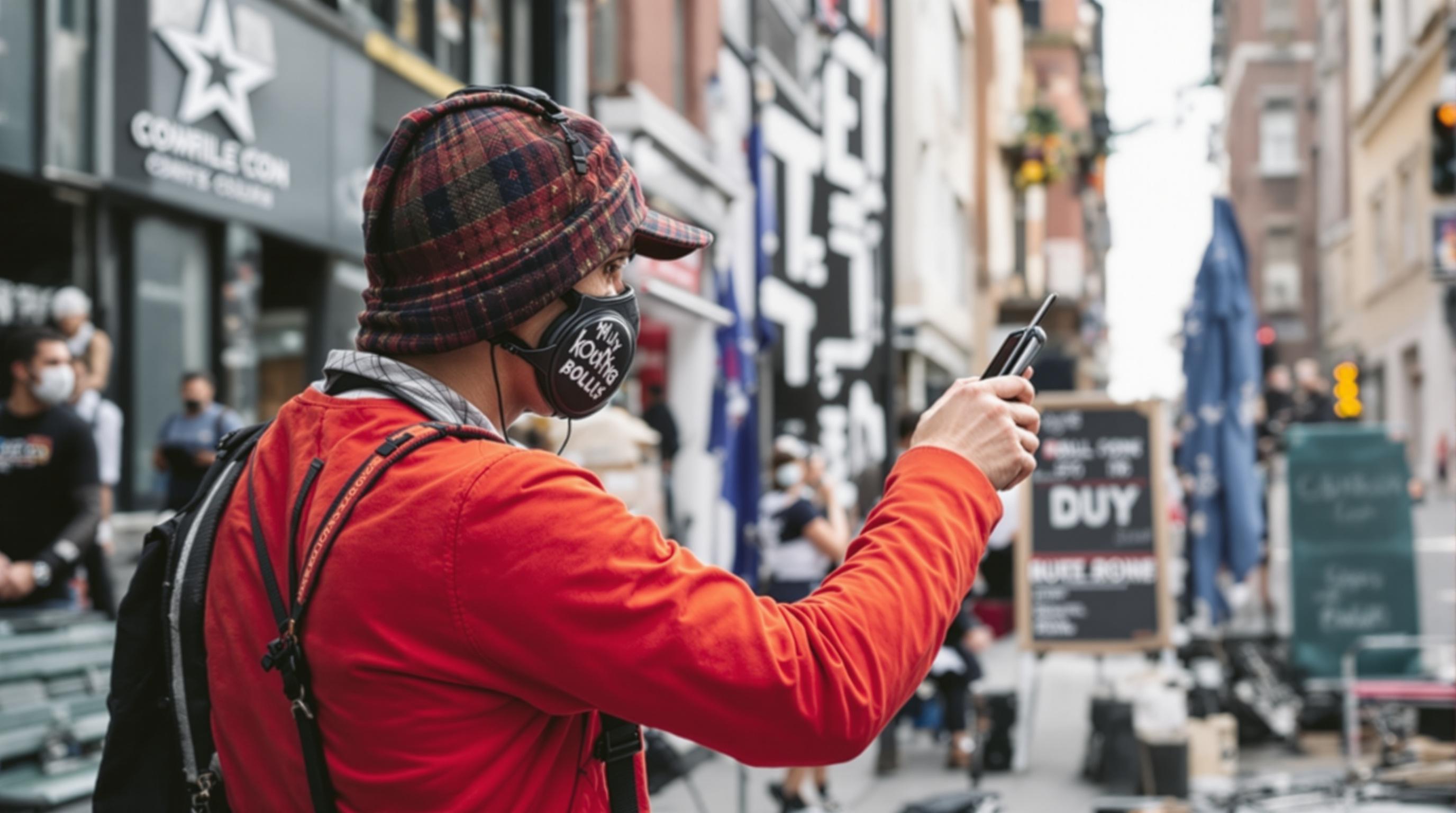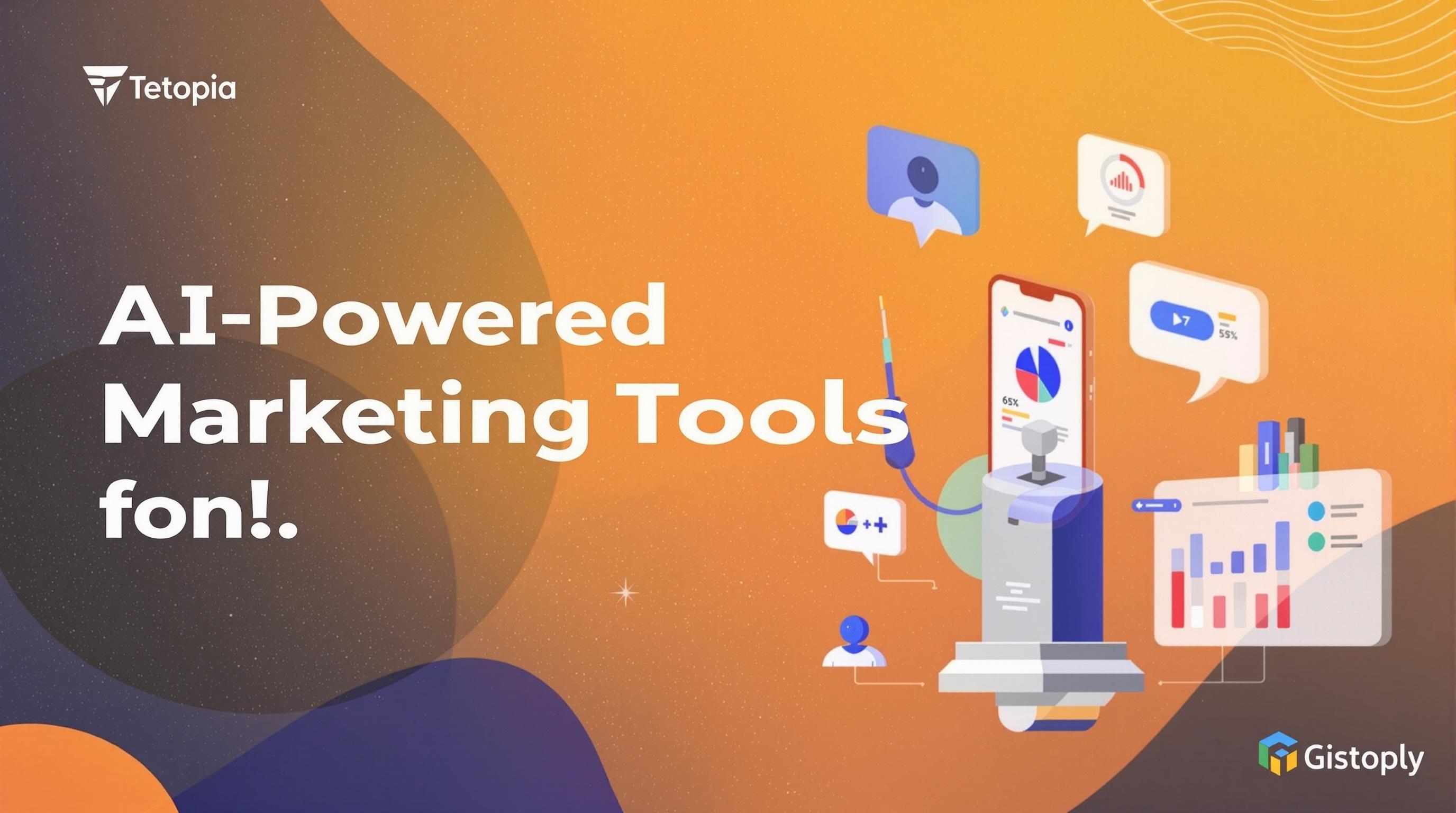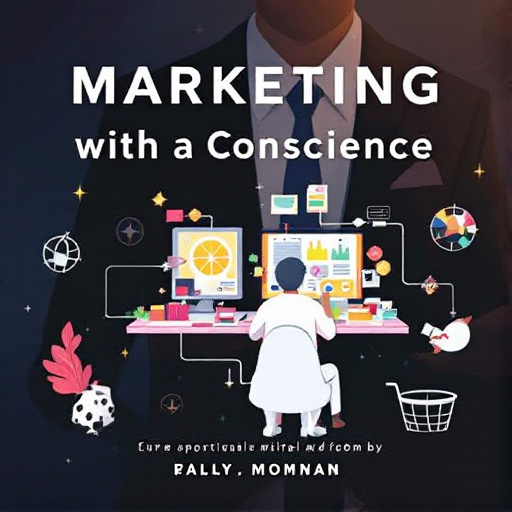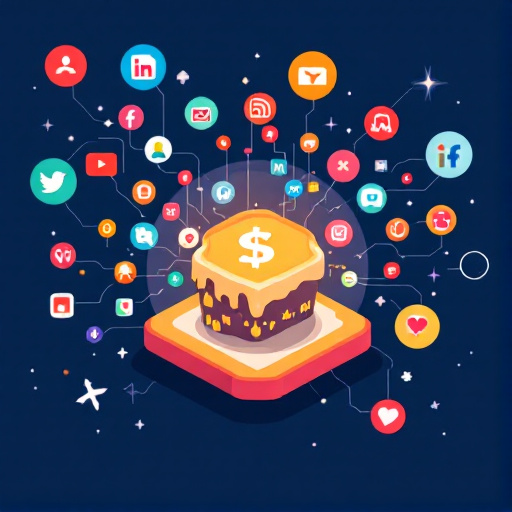Featured Articles
- 12 Innovative Guerrilla Marketing Tactics to Explode Your Brand Visibility Without Breaking the Bank
- How Sensory Branding Taps Smells and Sounds to Forge Deeper Emotional Bonds with Customers
- Marketing with a Conscience: How Brands are Embracing Ethical Dilemmas to Drive Consumer Loyalty
- The Rise of Eco-Conscious Branding: Turning Green Ethics into Marketing Gold
- The Surprising Role of Memes in Shaping Modern Brand Strategies: A New Frontier in Business Marketing
Uncovering the Hidden Impact of Micro-Moments: Capturing Consumer Attention in the Digital Age
Uncovering the Hidden Impact of Micro-Moments: Capturing Consumer Attention in the Digital Age
In the fast-paced digital marketplace, micro-moments offer brands a fleeting opportunity to engage with consumers right when they need information or assistance. Understanding how to capture these moments can significantly enhance marketing strategies and improve consumer connections.
What Are Micro-Moments?
Micro-moments are brief instances when consumers turn to their devices with intent, often to make quick decisions or find immediate solutions. Google coined this term, describing these moments as critical touchpoints within a consumer's journey. According to Google, 96% of smartphone users have used their devices to conduct research at least once in their life. This statistic alone underscores the importance of these micro-moments in today’s marketing landscape.
The Essence of micro-moments
Every day, consumers have countless micro-moments, be it as simple as checking a recipe or comparing prices for a product. A classic case study is that of a person deciding what smartphone to buy. They might quickly Google “best smartphones under $500” while standing in a store. If your brand doesn’t appear in these critical moments, you risk losing potential customers—simple as that.
Example of Efficient Engagement
Starbucks is a prime example of successfully leveraging micro-moments. They developed a mobile app that not only allows for ordering but also keeps track of rewards. When a customer is near a Starbucks and feels the urge for coffee, the app sends a notification reminding them of nearby stores and special offers. This integration of convenience and engaging content turns a fleeting moment into a guaranteed sale.
Statistics that Speak
Data collections from various audits reveal startling statistics: a whopping 70% of consumers say that they expect brands to understand them better and act on that information. Furthermore, 62% of consumers are more likely to make a purchase from a brand that personalizes experiences based on their interactions across channels, according to a study by Epsilon. Such numbers illustrate the shifting expectations that consumers have in the digital age, primarily driven by micro-moments.
Strategies for Capturing Micro-Moments
So, how can brands effectively capture these fleeting moments? Here are several strategies to consider:
1. Optimize for Mobile
In a world where consumers often use mobile devices for quick access to information, having a mobile-friendly website is essential. Over half of all site visits now come from mobile users, according to Statista, making mobile optimization imperative for effectively-seizing micro-moments.
2. Leverage Local SEO
Many micro-moments are location-based, leading consumers to search for nearby products or services. Brands should utilize local SEO strategies, ensuring they appear on Google Maps and appear in local search results to capture consumers at the right moment. Adding local keywords, creating location-specific landing pages, and claiming your Google My Business listing are all significant steps in this direction.
3. Create Relevant, Engaging Content
According to the Content Marketing Institute, 70% of consumers prefer learning about a company through articles rather than ads. Developing content that answers potential customers’ queries or guides them in their decision-making process can be particularly fruitful. Ain't nobody got time for fluff; it’s all about delivering value to keep consumers engaged.
The Conversational Approach
Speaking of value, let’s have a chat! Every micro-moment is an opportunity for conversation. Imagine scrolling through your feed and seeing a post or video that speaks directly to your current woes. “Tired of using outdated technology?” “Need help choosing a gift for your best friend?” These conversational hooks can keep consumers engaged and drive them to your brand. Using platforms like Instagram or TikTok for relatable yet informative content is an example of sparking that dialogue.
The Ripple Effect of Micro-Moments
The implications of mastering micro-moments extend beyond mere purchases. According to Harvard Business Review, brands that effectively engage with consumers during these moments can foster loyalty that lasts. If a consumer feels understood and catered to, they are more likely to return, becoming what marketers term *brand loyalists*.
Case Study: The Beauty Industry
Take the beauty industry, for instance. Brands like Sephora have excelled in catering to micro-moments through their mobile app, which not only promotes products but also offers tutorials and beauty tips based on user preferences. This approach not only attracts immediate shoppers but encourages users to continually interact with the brand, cultivating loyalty and repeat purchases.
Humor as an Engagement Tool
In a digital landscape saturated with serious messaging and endless advertisements, infusing humor can be a game-changer. A funny TikTok video or meme related to a common consumer dilemma can create a relatable moment, making the brand feel more approachable and human. As studies have shown, humor in marketing can lead to better engagement. Just remember: it’s all fun and games until someone gets left off the delivery list!
Bridging Offline and Online Lives
As consumers flit between online and offline, brands must bridge the gap between digital interactions and real-world experiences. For instance, Brands like Nike have designed apps that not only function in retail but also engage users during workouts. Integrating in-store experiences into a digital framework creates a consistent touchpoint that captures micro-moments effectively.
The Importance of Timing
Timing is everything in marketing, and capturing micro-moments requires real-time analytics and a keen sense of consumer behavior. Companies that leverage tools like heatmaps, clickstream data, and user segmentation can preemptively understand what their audiences want in the blink of an eye. This is where the significance of AI and machine learning comes into play, enabling brands to serve the right content when it’s most relevant. It’s like having your dessert first—who doesn’t love that?
Conclusion
As we've uncovered in this exploration of micro-moments, seizing these fleeting opportunities can drastically affect consumer engagement and loyalty. With the right strategies—centering on mobile optimization, localized search strategies, and engaging content—brands can tap into the wealth of potential that these moments present.
The pressing question remains: is your brand ready to engage in the age of micro-moments? Time to start strategizing the next digital encounter before that moment slips away—because in today's world, blink, and you might miss the chance! So, let’s toast to capturing consumer attention, one micro-moment at a time!



